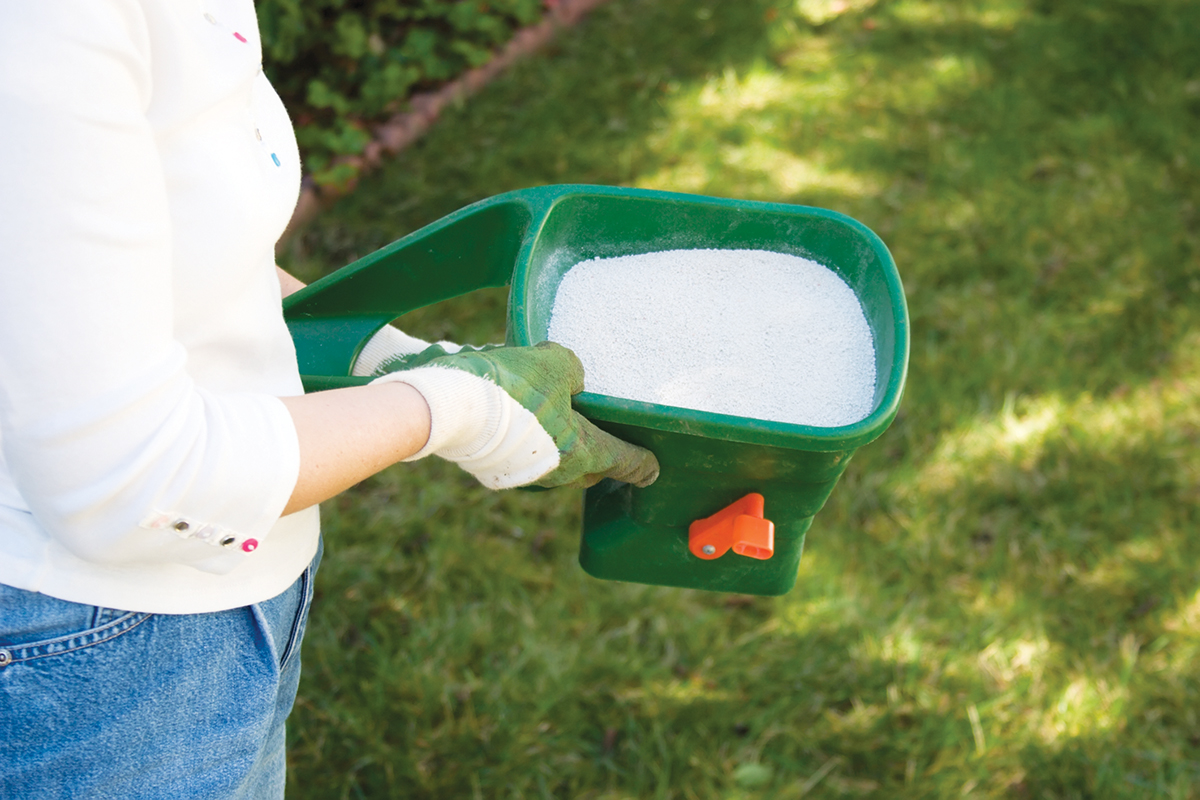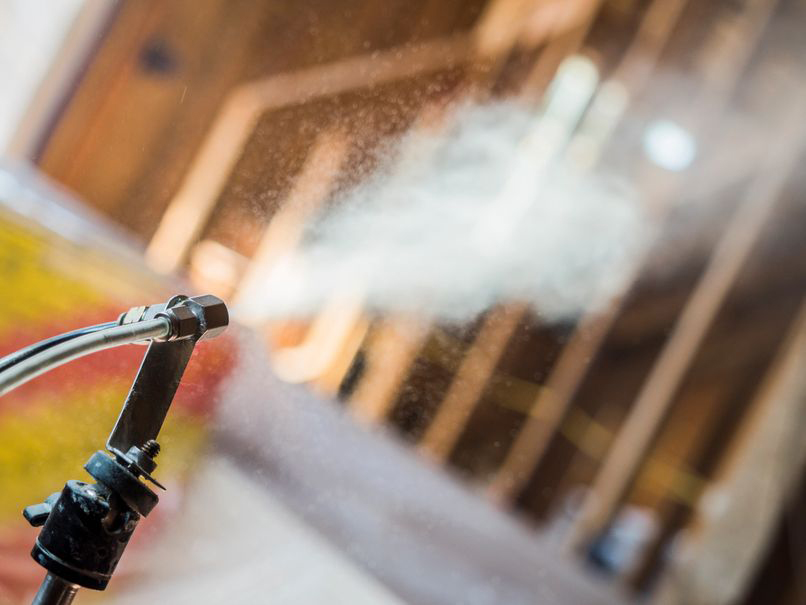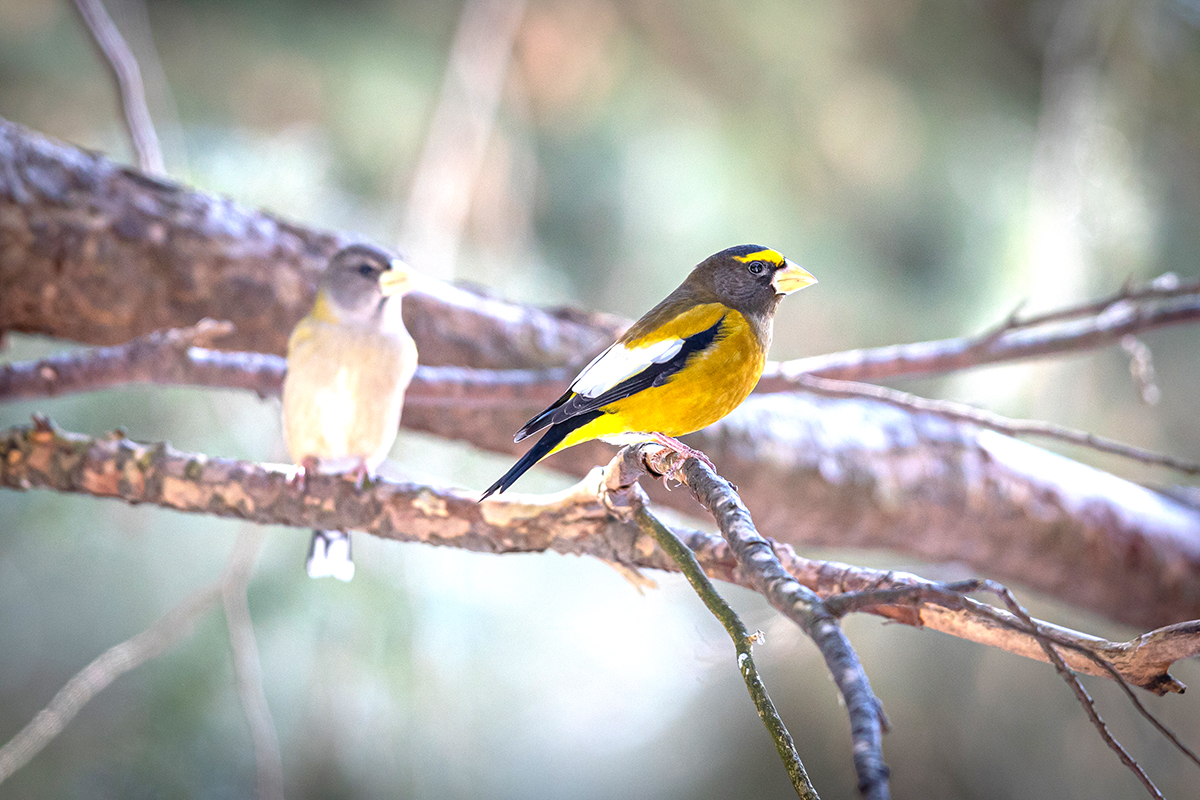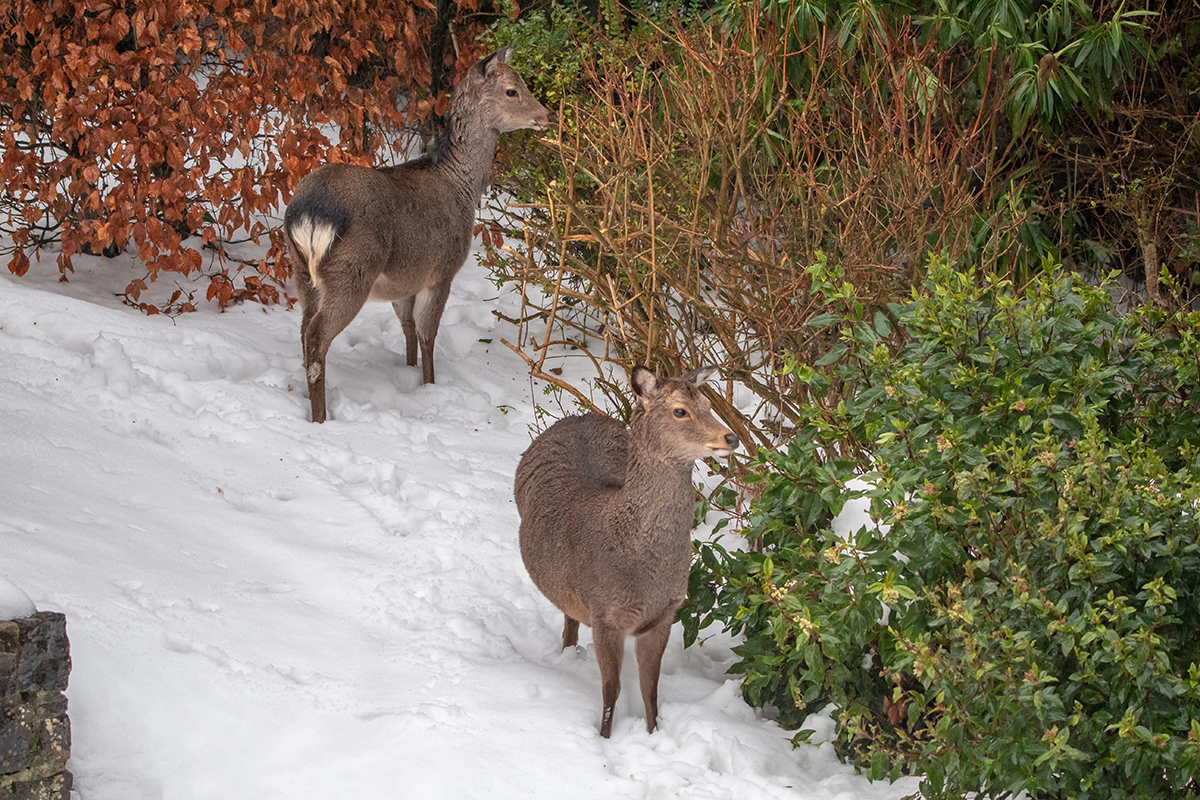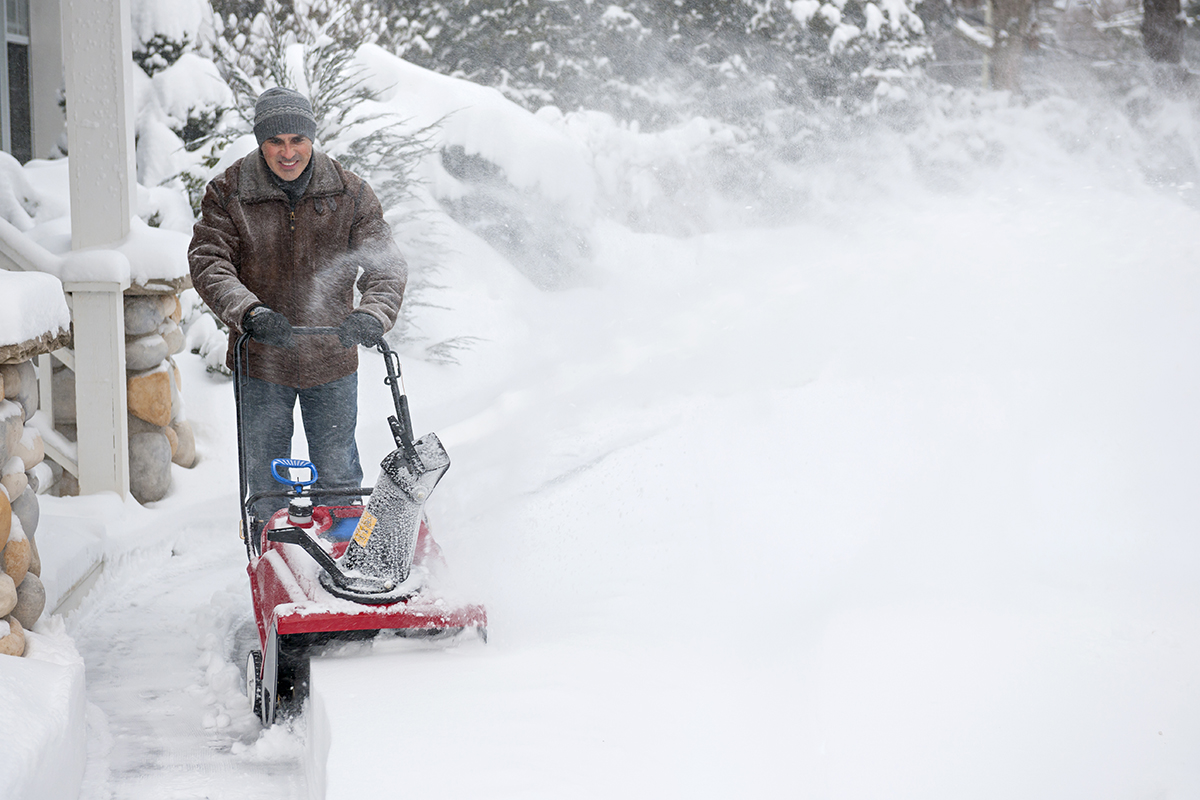WRITER | EVAN OLDENBURG
The leaves have ignited in an explosion of color, bridging the gap between summer’s end and winter. But as the Tigers head for their winter hibernation and the Lions awaken from their den, it’s a fair bet that lawn care is one of the last things on your mind. Even so, with winter and its dreaded frosts quickly approaching, this is one of the most important times of year for your lawn.
Scott Wylie of Morning Star Farms Landscape and Christmas Tree Farm has been caring for lawns in the Great Lakes Bay region for over three decades. Through his years as a lawn care professional, Wylie has discovered that no two yards are the same, but there are a few simple steps that every homeowner can take to make sure their lawn is the healthiest it can be when the spring and summer seasons arrive.
According to Wylie, fall lawn care should begin around Labor Day; it is the perfect time to fight off weeds and grubs that might affect your lawn’s health. Weeds absorb the most nutrients as they prepare for winter dormancy, so spreading an herbicide in the fall has the greatest effect against turf intruders. If grubs are a problem in your lawn, Wylie recommends spreading a pet-safe insecticide such as Dylox in late September to kill off these parasites, which will otherwise emerge as Japanese beetles come spring.
If a thin lawn is one of your concerns, fall is the best time to determine what the underlying problems are. One common issue is an unbalanced pH level. Having your soil tested in the fall will help determine what fertilizers will be the most effective for you. Just like weeds, your grass takes in the most nutrients during the fall, making this the perfect time to overseed and fertilize for thicker grass once the snow melts next year. Wylie recommends reseeding twice each fall, once around Labor Day and again at the end of October.
However, if you suffer from both a thin lawn and overwhelming weeds, it is best to prioritize which issue is more damaging to your yard, as herbicides and grass seed do not mix!
Wylie also recommends that you raise the blade on your lawnmower so that the last few cuts of the season are an inch or so higher than usual. This will promote root growth and help your grass become stronger and thicker. If raking isn’t your cup of tea, you can simply mow the leaves when you cut the grass next. This will create a natural mulch and restore nitrogen to your yard. This “free” nitrogen helps to strengthen the health of your lawn. Wylie has found that both power raking and dethatching are more effective when done in the fall while plants are preparing for winter rather than in the spring, when they may still be dormant.
With just a little care, your lawn will be healthy and lush come spring.


